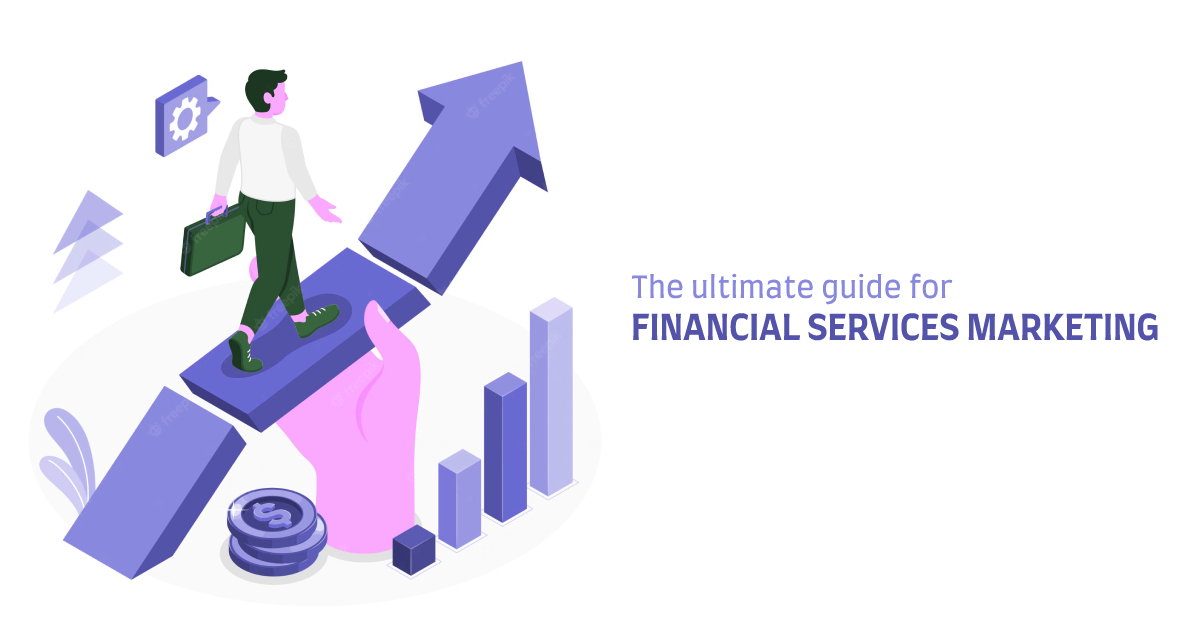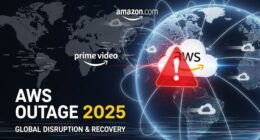Digital marketing and traditional marketing refer to two distinct approaches to promoting products or services, each utilizing different channels, tactics, and strategies. Here’s how they differ:
Channel of Communication:
Traditional marketing relies on offline channels such as print media (newspapers, magazines), broadcast media (television, radio), direct mail, outdoor advertising (billboards, posters), and events (conferences, trade shows).
Digital marketing, on the other hand, leverages online channels including websites, search engines (SEO and PPC), social media platforms (Facebook, Instagram, Twitter, LinkedIn), email marketing, mobile apps, and content marketing (blogs, videos, infographics).
Audience Targeting:
Traditional marketing often relies on broad demographic targeting based on factors such as age, gender, location, and income. It typically reaches a mass audience.
Digital marketing allows for more precise audience targeting through data-driven approaches. Marketers can target specific demographics, interests, behaviors, and even retarget users based on their online activities.
Interactivity and Engagement:
Traditional marketing is generally one-way communication, where brands deliver messages to consumers without much opportunity for interaction or engagement.
Digital marketing enables two-way communication and engagement between brands and consumers. Users can interact with content, leave comments, share posts, participate in discussions, and provide feedback, fostering deeper relationships with brands.
Cost and ROI:
Traditional marketing campaigns, such as television ads or print advertisements, can be expensive and have limited reach and measurability. ROI may be more challenging to track accurately.
Digital marketing often offers more cost-effective solutions with greater flexibility and scalability. Marketers can allocate budgets more efficiently, track campaign performance in real-time, and measure ROI through metrics such as website traffic, conversion rates, and customer acquisition costs.
Timing and Speed:
Traditional marketing campaigns typically require longer lead times to plan, produce, and distribute. They may have fixed schedules and limited flexibility for changes once launched.
Digital marketing allows for quicker deployment and adjustments. Campaigns can be launched rapidly, modified in real-time based on performance data, and optimized for better results.
Global Reach:
Digital marketing has the potential for global reach, allowing businesses to target audiences across geographical boundaries and time zones.
Traditional marketing may have limitations in terms of geographic reach and may be more suitable for targeting local or regional audiences.
Overall, while traditional marketing still plays a significant role in many industries, digital marketing offers unique advantages in terms of targeting, interactivity, measurability, and cost-effectiveness. Many businesses today leverage a combination of both traditional and digital marketing strategies to reach and engage their target audiences effectively.









